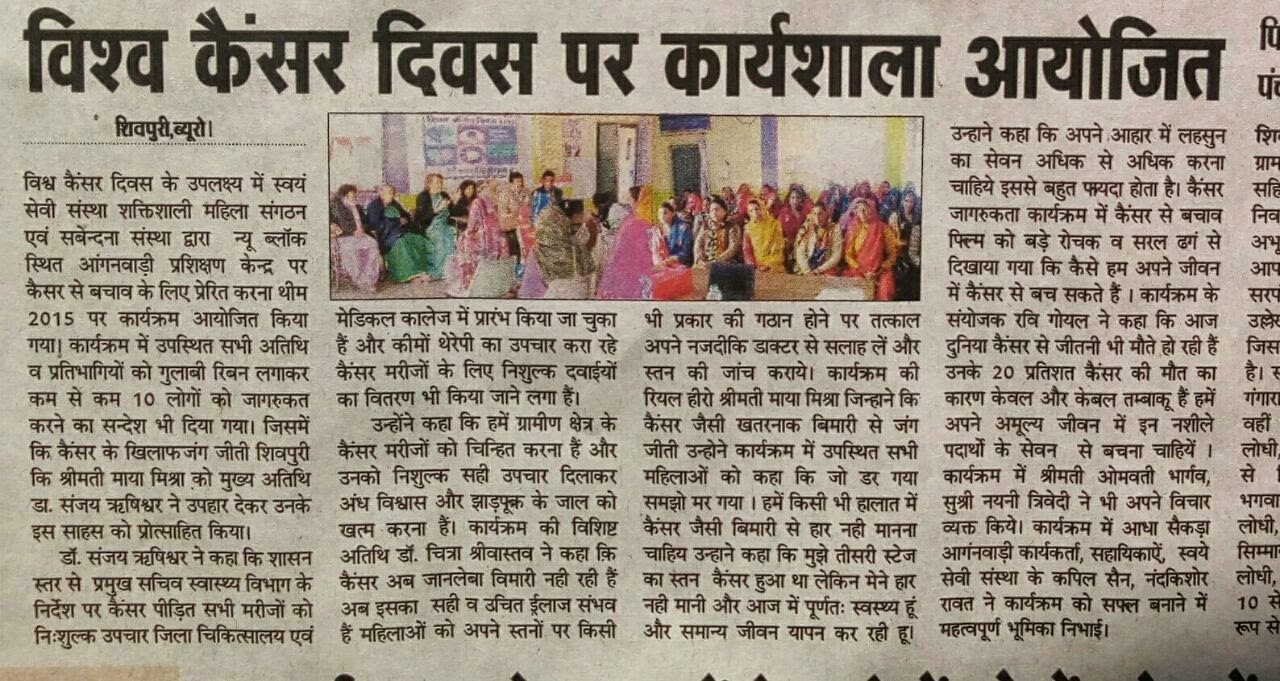Visit to Kuno palpur National Park gives amazing experience due to its topography and richness of flora fauna. While driving towards Kuno National Park from Shivpuri district one can see beautiful dense forests on both sides of road. Coming across Monitor lizard or Mongoose is quite common while travelling by road in this area but seening Black buck near road is memorable. I saw two beautiful black buck or krishna mrig just 100 meters from road. Black buck has beautiful shining black coat and has beautiful eyes. It seems it has applied white kohl around its eyes, which comes under latest fashion now a days.
Two black bucks attacked each other and were pushing their opponent,Their beautiful stags wore their weapon but it didn't last longer and they moved apart.
Black buck(Antilope cervicapra) is classified as near threatened by IUCN since 2003. It is native of Indian subcontinant. .These black bucks can be easily seen near village Pariksha (close to Pohari) . It is said that they harm farmers by destroying their crops but these villagers don't harm them. Government gives compensation to villagers for the loss.
We reached Kuno national park. Birds like indian roller , drongo, hoopoe etc. were seen in a good number. Kuno has hilly terrain and comea under Vindhya ranges. it has mixed forest interspersed with grass land.Trees of Kardhai , kher mahua, haldu, semal bahera tendu and many more species are found here.Kuno river is the lifeline of this park,it divides park in two parts.
I saw many herbivores and few carnivores during safari as we got little late. I saw jackal, Fox, Spotted dear,Sambhar, neelgai,chinkara, Wild bore etc. many jackal and vultures were seen in group,soon it became clear that Big cat (Tiger or even Panther) had moved and killed a deer. Forester who was accompanying us told a very interesting thing about eating habits of carnivores. King of jungle eats flesh only it doesn't it alimentary canal of animal; panther eats intestine also and hyna can chew even bones of kill. Hyna have very strong aw bones. Jackal fox etc have no choice they eat leftovers with full enjoyment.
 |
| Kuno river inside park |
 |
| Spotted deer |
 |
| Forest |
 |
| Jackal enjoying feast |
 |
| Chinkara |
 |
| Teetar |
Kuno palpur has been selected as second home for Asiatic lion. Climatic conditions and habitat is found suitable for lion. Forest department is putting special efforts in this directing. Grass land with non palatable grass is being converted into palatable ones.To prevent extinction of Asiatic lion it is must to shift them here.
 |
| Labours working inside Park |
 |
| Dedicated Forester |
I met Mr, Jagdeesh who is serving M.P government Forest department as forester. He belongs to Chhatissgarh and is now made M.P his home. He stays alone in park and his family is staying in Sheopur district.





.jpg)



























